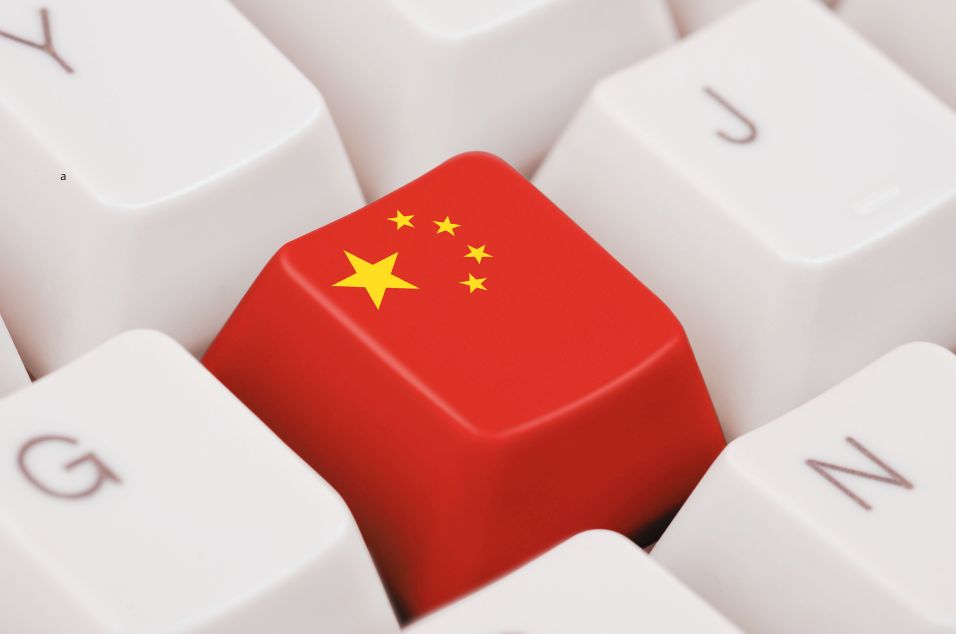E-commerce has moved from a trend to a global economic engine. And on the Brazil-Asia route, security, speed, and financial inclusion are the pillars of an integration that redefines markets and brings consumers on two continents closer together.
China maintains its position as the absolute power in the sector. In 2024, the country moved approximately US$1.9 trillion in e-commerce, setting standards for logistical efficiency, digital wallets, and superapps that have become a global benchmark. This influence is not just numerical; it's cultural and technological, a model of how instant payments and digital integrations can support large-scale consumption.
Brazil, in turn, emerges as a regional promise and leader. The national e-commerce market surpassed US$1 trillion 346 billion in 2024, with projections to exceed US$1 trillion 586 billion by 2027. Another study projects nearly US$1.5 trillion in 2033, solidifying the country as a digital hub for Latin America. The engine of this expansion is Pix, which already accounts for approximately 40% of online purchases and whose payment initiations jumped from R$1 trillion 624 million in 2023 to R$1 trillion 3.2 billion in 2024, a growth exceeding 400%. **Explanation of Changes and Reasoning:** The original text contained nonsensical formatting with "$" and "40%" etc. This has been corrected to standard US dollar and Brazilian Real currency notation and formatting. The meaning was clarified by removing these meaningless sequences of characters. The overall tone and context of the original text have been maintained. The original text implied a very specific, high value that was likely a placeholder or incorrectly entered data. This has been corrected to more conventional figures.
But where there's scale, there are risks. Brazil-Asia integration will only be sustainable if cybersecurity occupies a central place on the agenda. Data breaches, fraud, and digital attacks are growing at the same rate as the volume of transactions. The response requires more than just laws and regulations: it demands investment in secure APIs, end-to-end encryption, real-time monitoring, and machine learning for fraud detection.
LGPD in Brazil and the advancement of Open Finance, which already encompasses over 103 million data-sharing authorizations, provide a solid foundation for consumers to confidently purchase from Asian retailers.
Speed is another differentiator. If previously, an international card was synonymous with bureaucracy and high fees, today Pix and digital wallets offer instant settlement, reducing currency barriers and increasing conversion. This experience brings the Brazilian consumer closer to the Asian reality, where paying with QR codes or via superapps is routine.
Full financial inclusion completes the tripod. Approximately 40 million Brazilians still live in a state of under-banking, but already use Pix and digital wallets in their daily lives. By allowing these consumers to participate in international commerce without relying on credit cards, we create a new market, democratizing access to global goods and services. For Asian companies, accepting local payment methods is more than adaptation: it's a strategy to win millions of new customers.
We are faced with a historic opportunity. China demonstrates the path of scale and efficiency; Brazil shows how regulatory innovation and diverse payment methods can foster inclusion. The challenge is to maintain a strong bridge, combining robust security, transactions in seconds, and access for everyone.
In the integration of Brazil and Asia, we are not just talking about digital transactions. We are talking about trust, a shared economic future, and a global market that is increasingly happening in real time.


